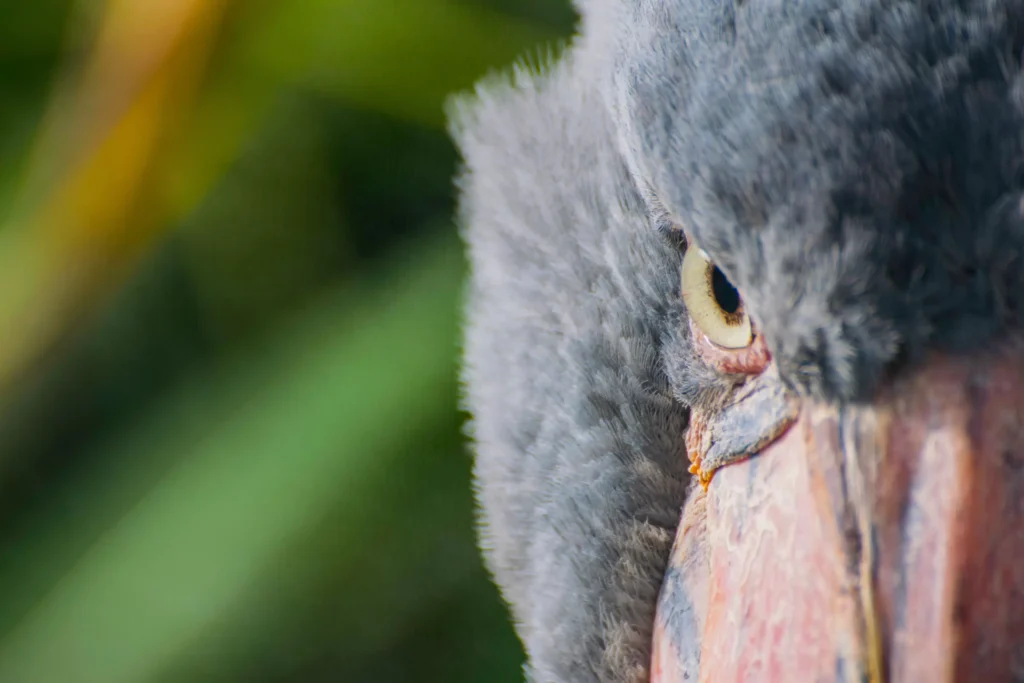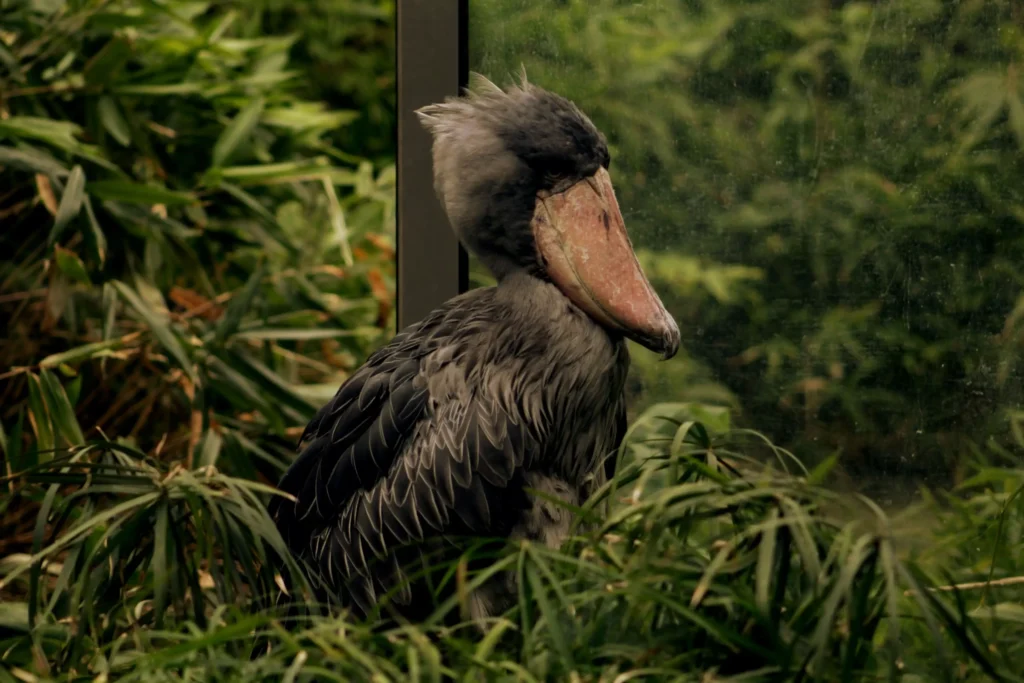Table of Contents
Have you ever encountered a bird that defies conventional norms with its unique traits? Enter the world of Shoebills, extraordinary avian creatures native to east-central Africa. In this post, we delve into their intriguing characteristics, from a diet that includes baby crocodiles to a lifespan that can extend up to an impressive 50 years. Join us on a brief exploration of these magnificent birds and unravel the secrets that make Shoebill storks stand out in the avian realm.

The Peculiar Diet: Crocodiles on the Menu!
Despite their dinosaur-like appearance, Shoebill storks are discerning eaters. Found in freshwater swamps, they predominantly feast on a variety of fishes, such as lungfish, tilapia, and catfish. However, what truly distinguishes them is their occasional consumption of unconventional prey, including frogs, water snakes, small birds, and even baby crocodiles! Yes, you read that right – Shoebill storks are one of the few bird species known to include crocodiles in their diet.
Solitary Existence: Shoebills as Lone Wolves
Endemic to the east-central part of Africa, Shoebills exhibit a unique lifestyle. With a potential lifespan of up to 50 years, they typically lead a solitary existence. Unlike most birds, these majestic creatures prefer solitude, even during the reproductive phase. Even after the birth of offspring, they maintain distance, feeding their young from opposite sides of their territory. Truly, these birds are akin to lone wolves in the avian world.

Sonic Arsenal: Machine Gun-Like Sounds
While Shoebills are generally silent, they can make quite an impression when they choose to vocalize. Emitting a distinctive and intimidating deep noise, these birds produce a machine gun-like sound by rhythmically clapping their bills. It’s a rare auditory display that adds to the mystique surrounding Shoebills.
Cool Quirk: Shunning the Heat
Standing at a height of up to 152 cm and weighing around 5.6 kg, Shoebills are among the largest birds. One particularly intriguing aspect of their behavior is their unique cooling mechanism. In a rather peculiar practice, they purposefully excrete on their legs. The reason behind this odd behavior is to utilize the liquid waste’s evaporation, facilitated by the warmth of blood passing through their featherless legs. The result? Cooler blood circulating through the stork’s body. While the science behind it is fascinating, there’s no denying the unusual nature of this avian cooling method.
Learn more about fascinating bird behaviors in our birds category. To learn more about animals in general, check out other categories: Cats, Dogs
F.A.Q. about Shoebills
Are Shoebills dangerous?
They are not inherently dangerous to humans. They are known for their solitary nature and typically do not pose a threat unless provoked.
Where do Shoebill storks live?
They are native to east-central Africa, specifically in freshwater swamps. They prefer habitats with abundant fish and other aquatic prey.
Can Shoebills fly?
Yes, they are capable fliers. While they may appear cumbersome on land, they are well-adapted to flying and often use this skill to cover large distances in search of food.
How tall are Shoebill storks?
They can reach a height of up to 152 cm, making them one of the tallest bird species.
What do Shoebills eat?
They have a diverse diet that includes fishes such as lungfish, tilapia, and catfish. They also consume frogs, water snakes, small birds, and occasionally, even baby crocodiles.
Are Shoebills extinct?
No, as of our last knowledge update in January 2024, they are not extinct. However, it’s essential to stay updated on conservation efforts and the current status of species.

